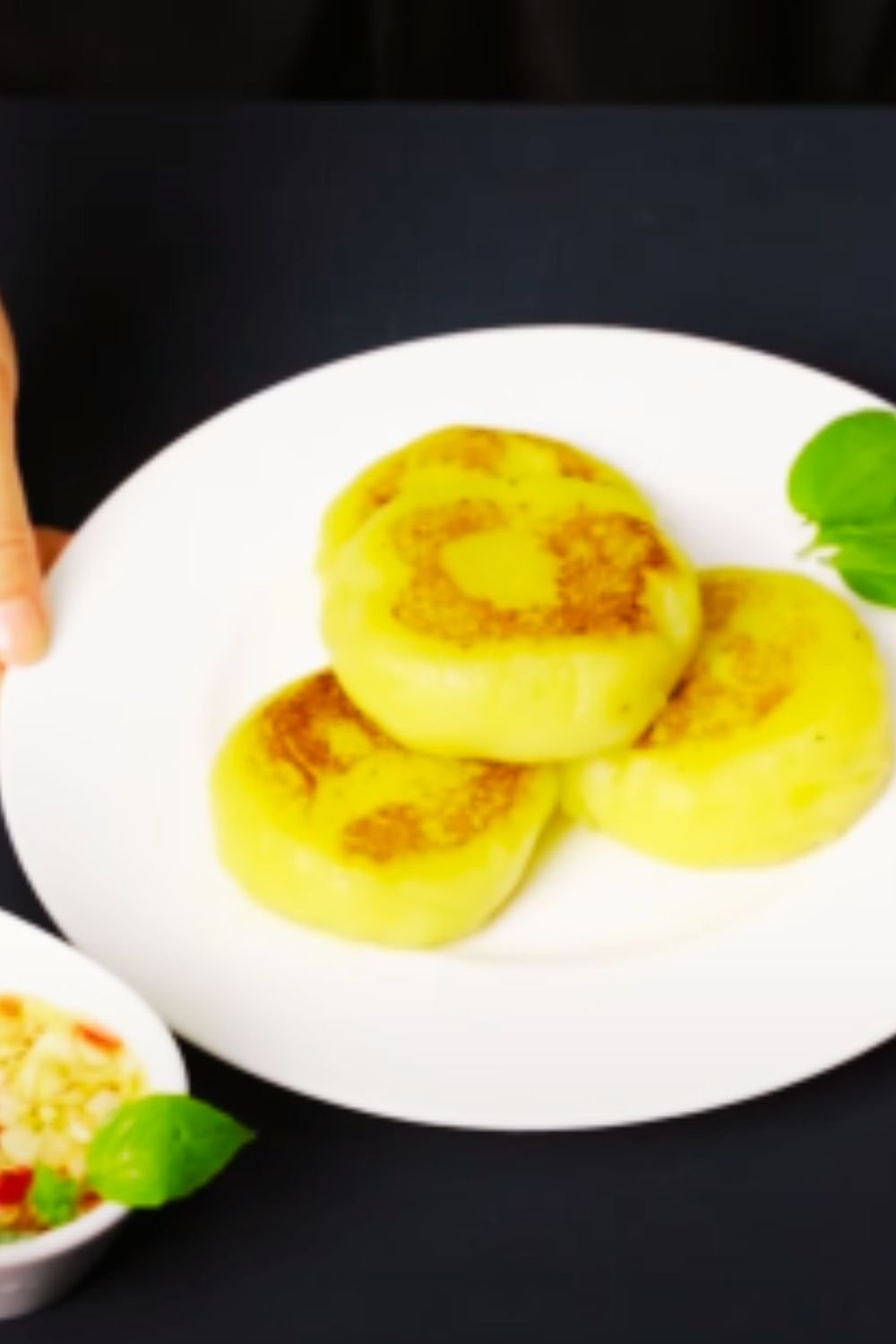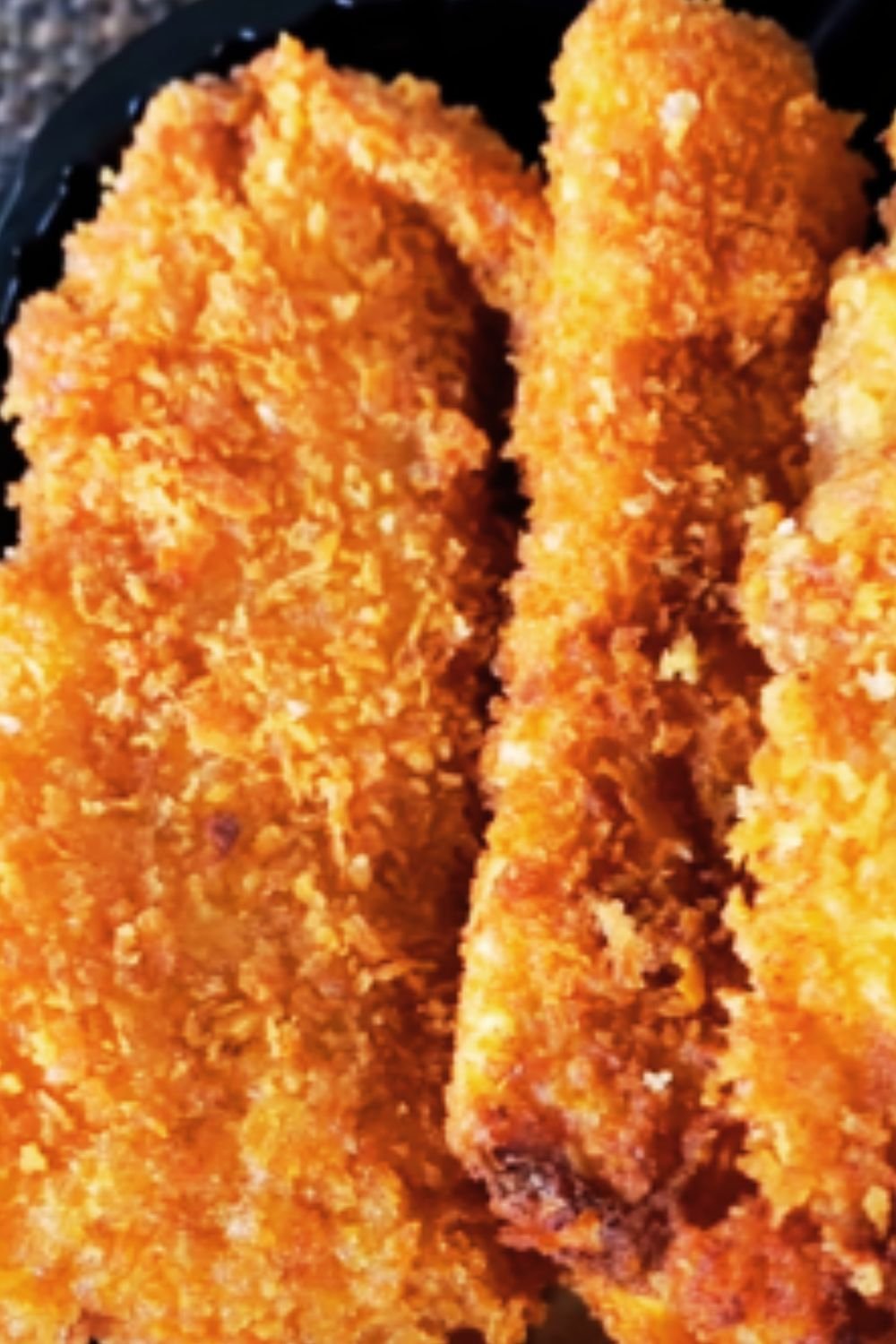There’s something magical about the combination of potatoes and cheese. When these two ingredients come together in a crispy, golden pancake, the result is nothing short of culinary perfection. I’ve been making potato cheese pancakes for years, and they never fail to bring smiles to the table. Whether you’re looking for a hearty breakfast, a satisfying lunch, or a comforting dinner side dish, these versatile pancakes deliver on all fronts.
In this article, I’ll share my tried-and-true recipe for potato cheese pancakes, along with helpful tips, variations, and serving suggestions that will elevate this humble dish to new heights. Let’s dive into the wonderful world of potato pancakes!
The Origin Story: Where Potato Pancakes Come From
Before we get cooking, let’s take a moment to appreciate the rich history behind potato pancakes. These delicious creations appear in many culinary traditions around the world under different names:
- Latkes: Jewish potato pancakes traditionally served during Hanukkah
- Placki ziemniaczane: Polish potato pancakes often served with sour cream or applesauce
- Kartoffelpuffer: German potato pancakes commonly found at outdoor markets and festivals
- Draniki: Belarusian and Russian potato pancakes typically served with sour cream
- Boxties: Irish potato pancakes made with both raw and cooked potatoes
My version leans toward the Eastern European tradition but incorporates cheese for extra richness and flavor. The beauty of potato pancakes is their adaptability—they can be simple peasant food or dressed up for a more sophisticated presentation.
Why You’ll Love This Recipe
Before I share the ingredients and steps, let me tell you why this particular recipe stands out:
- Perfect Texture Balance: Crispy exterior with a soft, flavorful interior
- Make-Ahead Friendly: The mixture can be prepared in advance
- Versatile: Works as a main dish, side dish, or appetizer
- Budget-Friendly: Uses simple, inexpensive ingredients
- Crowd-Pleaser: Appeals to both kids and adults
- Customizable: Easy to adapt with different cheeses and add-ins
Essential Ingredients for Perfect Potato Cheese Pancakes
For about 12-15 medium-sized pancakes, you’ll need:
| Ingredient | Quantity | Notes |
|---|---|---|
| Russet potatoes | 2 pounds (about 4-5 medium) | High starch content for better binding |
| Yellow onion | 1 medium | Adds sweetness and depth of flavor |
| Eggs | 2 large | Acts as a binder |
| All-purpose flour | 1/4 cup | Helps absorb excess moisture |
| Sharp cheddar cheese | 1 cup, shredded | Provides rich flavor and melty texture |
| Parmesan cheese | 1/4 cup, grated | Adds savory umami notes |
| Salt | 1 1/2 teaspoons | Enhances all flavors |
| Black pepper | 1/2 teaspoon | Provides gentle heat |
| Garlic powder | 1/2 teaspoon | Adds depth without raw garlic texture |
| Fresh chives | 2 tablespoons, chopped | Optional but recommended for brightness |
| Vegetable oil | For frying | Choose a neutral oil with high smoke point |
| Sour cream | For serving | Traditional accompaniment |
| Applesauce | For serving | Offers sweet contrast to savory pancakes |
Equipment You’ll Need
To ensure success with this recipe, gather these kitchen tools:
- Large mixing bowl
- Box grater or food processor with grating attachment
- Clean kitchen towels or cheesecloth
- Heavy-bottomed skillet or cast iron pan
- Spatula
- Paper towel-lined plate or wire rack
- Measuring cups and spoons
Step-by-Step Instructions
Preparation Phase
- Prepare the potatoes: Wash and peel the potatoes. Using a box grater or food processor with a grating attachment, shred the potatoes into a large bowl of cold water. This prevents browning and removes excess starch.
- Drain thoroughly: After grating all potatoes, drain them well. Then place the shredded potatoes in a clean kitchen towel or cheesecloth and squeeze out as much moisture as possible. This is a CRUCIAL step—excess moisture will prevent your pancakes from crisping properly.
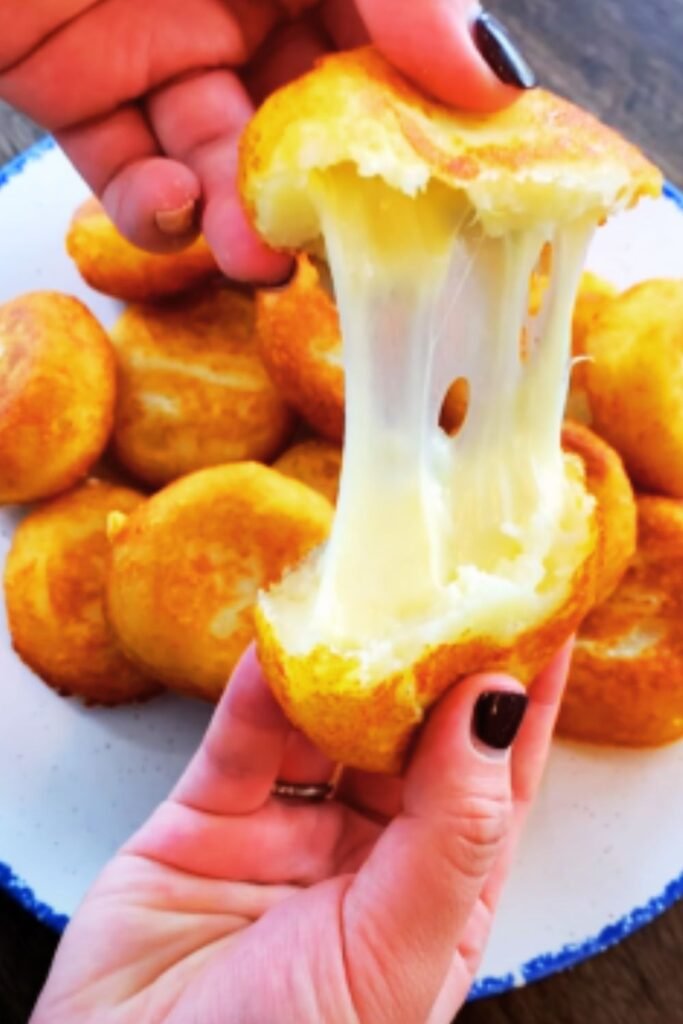
- Prepare the onion: Grate the onion using the same grater. Place the grated onion in another clean kitchen towel and squeeze out excess moisture.
- Combine ingredients: In a large mixing bowl, combine the dried shredded potatoes, grated onion, eggs, flour, both cheeses, salt, pepper, garlic powder, and chopped chives if using. Mix thoroughly but gently—overmixing can make the pancakes tough.
Cooking Phase
- Heat the pan: Heat a heavy-bottomed skillet or cast iron pan over medium heat. Add enough vegetable oil to coat the bottom with about 1/8 inch of oil.
- Form the pancakes: When the oil is hot (test by dropping a small piece of the mixture—it should sizzle immediately), scoop about 1/4 cup of the potato mixture for each pancake. Flatten slightly with the back of a spatula to about 1/2 inch thickness.
- Cook to perfection: Cook each pancake for 3-4 minutes per side, or until golden brown and crispy. Avoid the temptation to flip too early—proper browning is essential for flavor and texture.
- Drain: Transfer cooked pancakes to a paper towel-lined plate or wire rack to drain excess oil.
- Keep warm: If cooking in batches, place finished pancakes on a baking sheet in a 200°F (95°C) oven to keep warm until serving time.
Troubleshooting Common Issues
Even experienced cooks sometimes encounter challenges with potato pancakes. Here’s how to solve common problems:
| Issue | Cause | Solution |
|---|---|---|
| Pancakes fall apart | Too much moisture in potatoes | Squeeze potatoes more thoroughly; add 1-2 extra tablespoons of flour |
| Pancakes too dense | Overmixing or too much flour | Mix gently; use minimum flour needed for binding |
| Not crispy enough | Oil not hot enough | Ensure oil is properly heated before adding mixture |
| Burning on outside, raw inside | Heat too high | Lower temperature; make pancakes thinner |
| Too greasy | Improper draining | Use paper towels to blot excess oil; drain on wire rack |
| Bland flavor | Inadequate seasoning | Be generous with salt and pepper; taste mixture before cooking |
Variations to Try
The basic potato cheese pancake recipe is wonderful on its own, but here are some exciting variations to experiment with:
Herb Garden Delight
Add 2 tablespoons each of chopped fresh parsley, dill, and chives to the basic mixture for a burst of herbal freshness.
Mediterranean Twist
Incorporate 1/2 cup crumbled feta instead of cheddar, add 2 tablespoons chopped olives, and 1 teaspoon dried oregano.
Loaded Baked Potato Style
Mix in 3 tablespoons crispy bacon bits, 2 tablespoons sliced green onions, and use a combination of cheddar and monterey jack cheeses.
Spicy Southwest
Add 1 diced jalapeño (seeds removed for less heat), 1/2 teaspoon cumin, and replace some of the cheddar with pepper jack cheese.
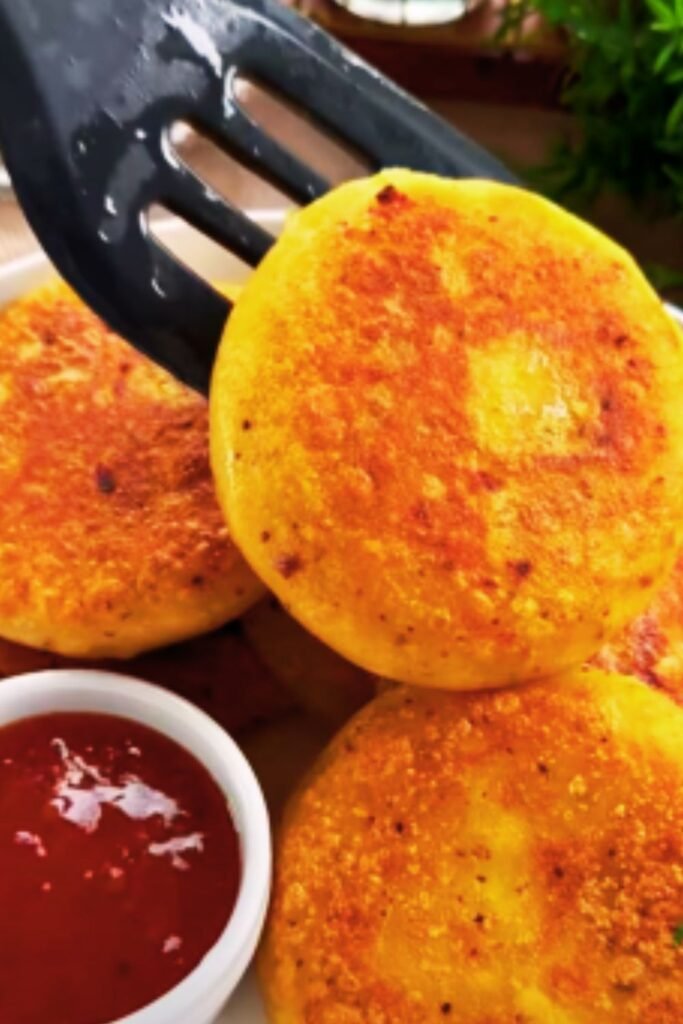
Sweet Potato Variation
Replace half the regular potatoes with sweet potatoes for a colorful twist with added nutrients and natural sweetness.
Make-Ahead and Storage Tips
Potato cheese pancakes are ideal for meal prep. Here’s how to make them ahead and store them properly:
Make-Ahead Options:
- Prepare the mixture: You can prepare the potato mixture up to 4 hours ahead but keep it refrigerated. Stir well before cooking as some liquid may separate.
- Par-cook: Cook the pancakes until just golden, cool completely, then refrigerate. Reheat in a 375°F (190°C) oven for 5-7 minutes until hot and crispy.
Storage Guidelines:
| Storage Method | Duration | Reheating Instructions |
|---|---|---|
| Refrigerator | 3-4 days | Reheat in oven at 375°F for 5-7 minutes or in skillet with a bit of oil |
| Freezer | Up to 2 months | Freeze individually on a baking sheet, then transfer to freezer bag; reheat from frozen at 375°F for 10-12 minutes |
Serving Suggestions
Potato cheese pancakes are incredibly versatile. Here are my favorite ways to serve them:
For Breakfast or Brunch:
- Top with a dollop of sour cream and smoked salmon
- Serve with fried or poached eggs and fresh herbs
- Pair with roasted tomatoes and sautéed mushrooms
For Lunch:
- Create a pancake sandwich with leafy greens, sliced avocado, and a spread of Greek yogurt
- Serve alongside a fresh green salad with vinaigrette
- Make mini pancakes as the base for an open-faced sandwich with roasted vegetables
For Dinner:
- Serve as a side dish with roasted chicken or baked fish
- Top with braised beef or pork as a hearty main course
- Pair with a simple cucumber and dill salad for a light meal
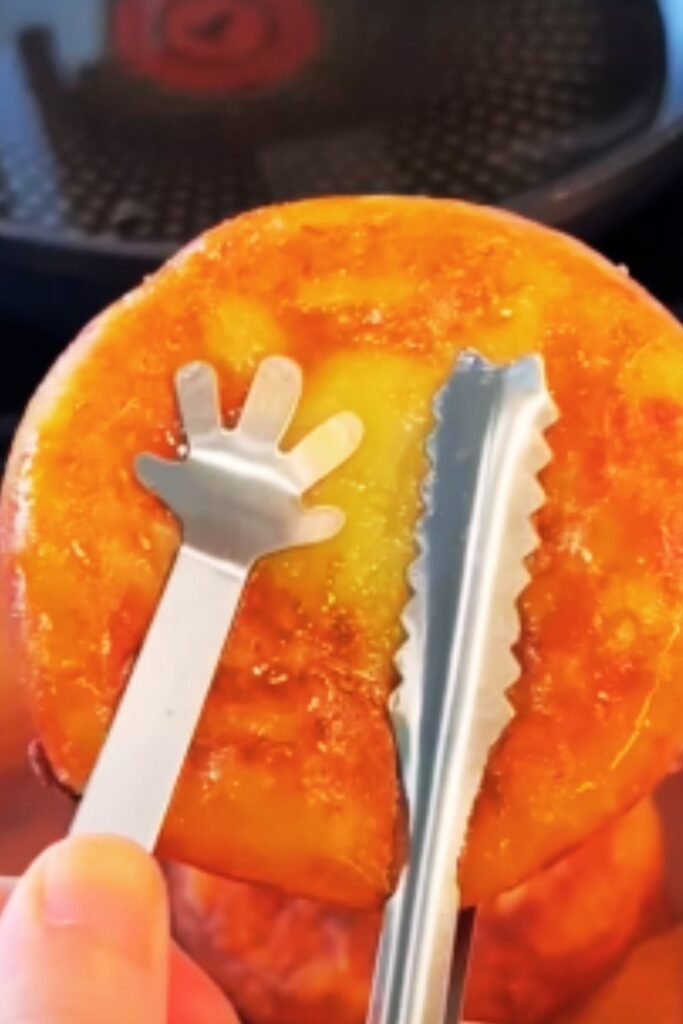
Traditional Accompaniments:
- Sour cream
- Applesauce
- Caramelized onions
- Fresh herbs (dill, chives, parsley)
- Lightly dressed arugula
- Homemade aioli or flavored mayo
Nutritional Information
While potato cheese pancakes aren’t exactly a health food, it’s good to know what you’re consuming. Here’s the approximate nutritional breakdown per pancake (assuming the recipe makes 15 pancakes):
| Nutrient | Amount per Pancake |
|---|---|
| Calories | 120-140 kcal |
| Protein | 4g |
| Carbohydrates | 15g |
| Fat | 6g |
| Fiber | 1g |
| Sodium | 200mg |
Expert Tips for Perfect Potato Cheese Pancakes Every Time
After years of making these pancakes, I’ve gathered some insider tips that make a significant difference:
- Use the right potatoes: Russets (also called Idaho or baking potatoes) have the ideal starch content for crispy pancakes.
- Cold water soak: Soaking the shredded potatoes in cold water for 5-10 minutes helps remove excess starch and prevents discoloration.
- Squeeze, squeeze, squeeze: I can’t emphasize enough how important it is to remove as much moisture as possible from both potatoes and onions.
- Test the oil: Drop a small piece of potato into the oil—if it sizzles immediately, the oil is ready. If it browns too quickly, the oil is too hot.
- Don’t crowd the pan: Leave enough space between pancakes for easy flipping and even cooking.
- Maintain oil temperature: The oil temperature will drop when you add the potato mixture. Adjust the heat as needed to maintain consistent cooking.
- Season generously: Potatoes absorb a lot of salt, so don’t be shy with seasoning.
- Rest before serving: Let the pancakes rest for 1-2 minutes after cooking to allow the interior to set completely.
Frequently Asked Questions
Here are answers to some common questions about making potato cheese pancakes:
Can I make these pancakes without cheese? Yes, absolutely! The cheese adds flavor and helps with binding, but you can omit it and add an extra tablespoon of flour if needed for binding.
Why are my potato pancakes turning gray? This happens when potatoes oxidize. To prevent this, either work quickly or keep the shredded potatoes in cold water until ready to use, then drain and squeeze dry.
Can I use pre-shredded potatoes from the store? Yes, but the texture won’t be quite the same. If using store-bought shredded potatoes, rinse them under cold water and squeeze dry before using.
Is it better to use a food processor or hand grater? Both work well. A food processor is faster, but a hand grater often gives you slightly longer shreds that create a nice texture in the finished pancake.
What’s the best oil for frying potato pancakes? I prefer vegetable oil, canola oil, or peanut oil for their neutral flavor and high smoke points. Avoid olive oil as its smoke point is too low for proper frying.
Can I make these in the air fryer? Yes! Spray the air fryer basket with oil, place pancakes in a single layer, spray the tops lightly with oil, and cook at 380°F (193°C) for about 8-10 minutes, flipping halfway through.
How do I know when the pancakes are done? They should be golden brown on both sides and feel firm to the touch. If you’re uncertain, you can break one open to check that the inside is fully cooked.
Why add onion to the pancakes? Onion adds moisture and flavor. If you’re not a fan of onion, you can reduce the amount or omit it, but you might need to adjust other seasonings.

My Personal Journey with Potato Pancakes
I first learned to make potato pancakes from my grandmother, who made them without a recipe—just a handful of this, a pinch of that. Over the years, I’ve refined her technique and added my own touches, particularly the two-cheese combination that sets these pancakes apart.
What I love most about this dish is its ability to transform humble ingredients into something extraordinary. On cold winter evenings, there’s nothing more comforting than the sizzle of potato batter hitting hot oil and the aroma that fills the kitchen. These pancakes have become my go-to dish for easy entertaining—they’re always met with enthusiasm and rarely are there any leftovers.
Final Thoughts
Potato cheese pancakes are more than just a recipe—they’re a celebration of simple ingredients transformed by technique. The contrast between the crispy exterior and tender, cheesy interior creates a textural experience that keeps you coming back for more. Whether you’re making them for a special breakfast, casual dinner, or festive gathering, these pancakes are sure to become a favorite in your cooking repertoire.
Remember that practice makes perfect with pancakes. Your first batch might not be picture-perfect, but they’ll still taste delicious. As you become more familiar with the recipe, you’ll develop a feel for the right consistency of the batter and the perfect frying temperature.
So heat up that skillet, grate those potatoes, and get ready to enjoy one of the most satisfying dishes you can make at home. Your future self will thank you for mastering this versatile, crowd-pleasing recipe!
Q&A Section
Are potato cheese pancakes gluten-free? No, this traditional recipe contains all-purpose flour which has gluten. However, you can substitute the all-purpose flour with a gluten-free flour blend to make them suitable for those with gluten sensitivities. Just ensure your other ingredients like cheese and seasonings are also gluten-free.
Can I make these pancakes ahead for a party? Absolutely! You can either prepare the mixture a few hours ahead (keep refrigerated) or completely cook the pancakes and reheat them in a 375°F oven for 5-7 minutes before serving. They reheat beautifully without losing their crispy texture.
How can I make these pancakes healthier? To make a healthier version, try baking them instead of frying. Spray a baking sheet with oil, place scoops of the mixture, flatten slightly, spray the tops with oil, and bake at 425°F for about 15-20 minutes, flipping halfway through. You can also substitute part of the regular potatoes with sweet potatoes or add grated zucchini or carrots.
Why do my potato pancakes sometimes fall apart during cooking? The most common reason is excess moisture in the potato mixture or not enough binding agent. Make sure to squeeze as much moisture as possible from the grated potatoes and onions. If they’re still falling apart, add an extra egg or a bit more flour to help bind the mixture.
What’s the difference between potato pancakes and hash browns? While both are made with shredded potatoes, potato pancakes typically include binding ingredients like eggs and flour, plus additional flavoring elements like onions and cheese. Hash browns are usually just shredded potatoes (sometimes with onions) fried until crispy, without the additional binding ingredients.
Can I freeze raw potato pancake batter? I don’t recommend freezing the raw batter as the potatoes will continue to release moisture and can become discolored. It’s better to cook all the pancakes and then freeze the cooked ones, separated by parchment paper in a freezer container.
What cheeses work best in potato pancakes? Sharp cheddar and Parmesan work wonderfully for their flavor and melting properties, but you can experiment with Gruyère, smoked Gouda, or pepper jack for interesting variations. Avoid very soft cheeses like Brie or blue cheese, as they can make the pancakes too wet.
Can children help make these pancakes? Absolutely! Kids can help with grating (with supervision for younger children), mixing ingredients, and forming the pancakes. Just keep them away from the hot oil during the frying process. Making potato pancakes together can be a fun family cooking activity.
